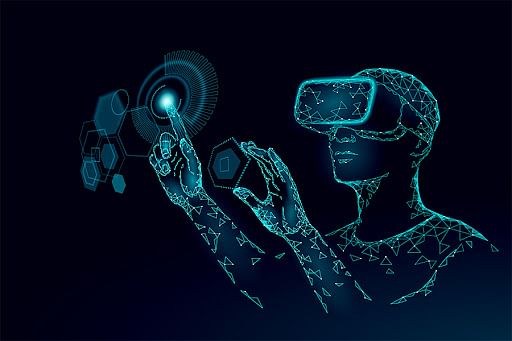Introduction
Virtual Reality (VR) has transcended the realms /softwaretricks.co.uk/ of science fiction, becoming a transformative force in how we experience and interact with digital content. This article explores the evolution of virtual reality, its applications across various industries, and the potential it holds for shaping the future of immersive experiences.
Unveiling the Essence of Virtual Reality
At its core, virtual reality is a computer-generated simulation that immerses users in a three-dimensional environment, often with the aid of specialized hardware like VR headsets and sensory devices. The goal is to create a realistic and interactive experience that transports users to alternate realities or enhances their perception of the physical world.
The Evolution of VR Technology
The roots of virtual reality trace back to the mid-20th century, but it is in recent years that advancements in computing power and display technologies have propelled VR into the mainstream. Modern VR systems offer high-resolution displays, precise motion tracking, and realistic haptic feedback, creating immersive environments that engage multiple senses.
Applications Across Industries
1. Gaming and Entertainment:
VR has revolutionized the gaming industry, providing gamers with unprecedented levels of immersion. From virtual worlds to interactive storytelling, VR gaming offers experiences that go beyond traditional gaming interfaces.
2. Healthcare and Therapy:
In healthcare, VR is employed for medical training, simulation, and therapy. Virtual environments aid in treating phobias, PTSD, and chronic pain, offering therapeutic solutions that complement traditional approaches.
3. Education and Training:
VR is reshaping education by providing immersive learning experiences. From virtual field trips to hands-on simulations, students can explore and interact with subjects in ways previously unimaginable.
4. Business and Industry:
In the corporate world, VR is utilized for employee training, virtual meetings, and collaborative design. It enhances communication and facilitates remote collaboration, bringing teams together irrespective of geographical locations.
5. Architecture and Design:
Architects and designers leverage VR to create virtual walkthroughs of buildings and environments before they are constructed. This not only streamlines the design process but also allows stakeholders to visualize concepts in detail.
Challenges and Future Developments
While VR has made significant strides, challenges such as the need for more accessible hardware, reducing motion sickness, and creating truly lifelike environments persist. However, ongoing research and development aim to address these issues, with the potential for breakthroughs in areas like augmented reality (AR) and mixed reality (MR).
Conclusion
Virtual reality has emerged as a powerful tool, blurring the lines between the physical and digital worlds. As technology continues to advance, VR’s impact will extend beyond entertainment, shaping how we learn, work, and interact. The journey into alternate realms through virtual reality is not just a technological marvel; it’s a glimpse into the limitless possibilities that the future holds.
